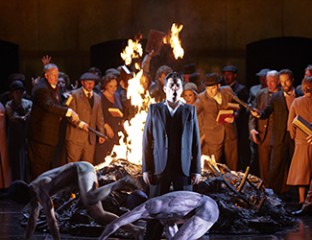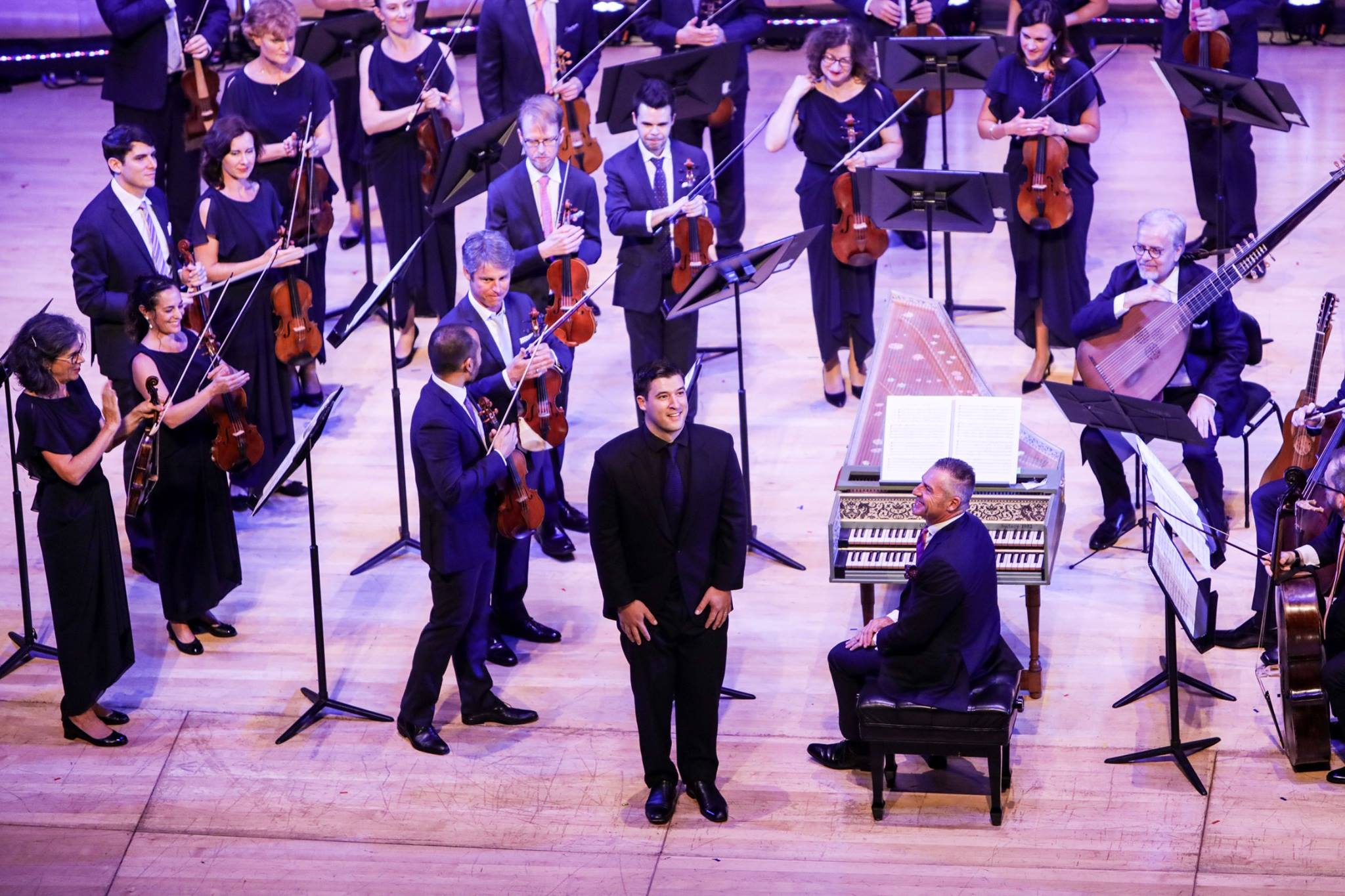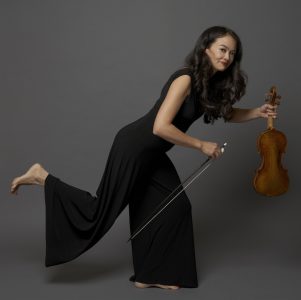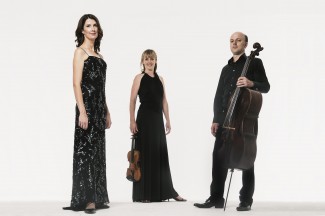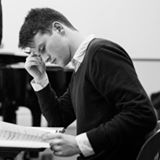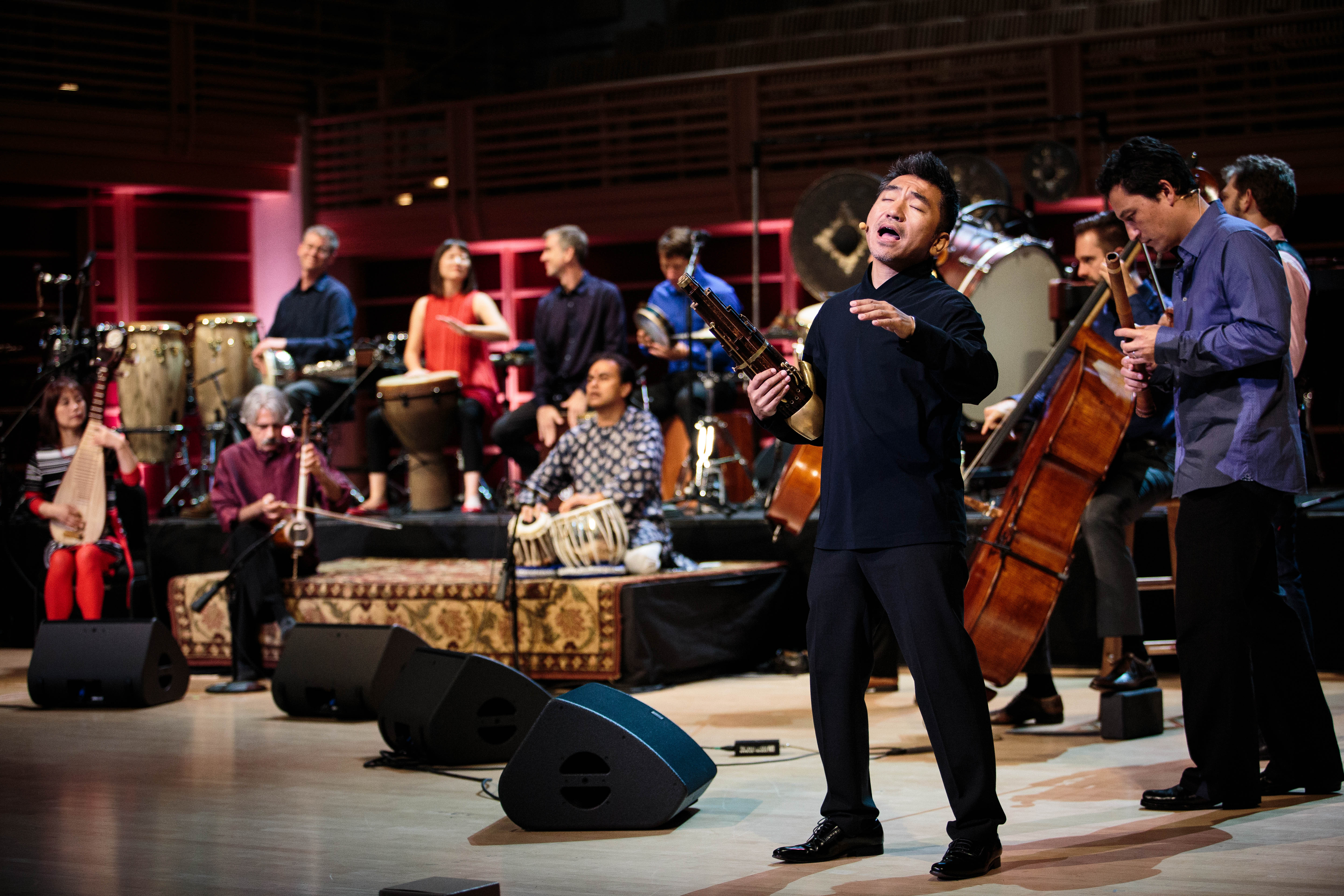Opera Review: Król Roger (King Roger) / Opera Australia
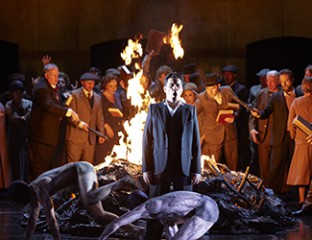
Photo credit: Keith Saunders
Król Roger (King Roger) – Karol Szymanowski
Opera Australia, Joan Sutherland Opera Theatre, Sydney Opera House
20 January 2017
Opera Australia’s second new production in the 2017 summer season is Król Roger (King Roger) by the early 20th century Polish composer Karol Szymanowski. The work is rarely performed outside Poland and this co-production with the Royal Opera House and Dallas Opera is greatly to be welcomed. Originally directed by Kasper Holten, it has been revived in Sydney by Amy Lane with Assistant Director Matthew Barclay who will revive the production in Melbourne. The period has been updated to the 1920s – the date of the work’s creation.
International co-production agreements such as this introduce Australian audiences to works which are outside the mainstream repertoire and add a welcome breadth of variety to the company’s repertoire. The downsides to imported productions are that it is logistically difficult to revive them and also that much less work is available for local directors and designers.
Król Roger deals with the human dilemma of reconciling the opposing forces of rationality versus natural instincts; of logic and self-restraint versus impulsive sensuality and hedonistic freedom. This has been the subject of countless literary works since as long ago as The Bacchae by Euripides (405 BC). Szymanowski treats the situation as a personal predicament for the Sicilian King Roger II (1095-1154). Visiting Sicily in 1911 and 1914, Szymanowski was greatly impressed by the ancient and mediaeval Greek monuments, especially the magnificent Byzantine mosaics at Monreale and the Cappella Palatina built for Roger II. These subsequently served as an inspiration for the opening scene of the opera.
The basis of the drama is that an outsider (the Shepherd) appears from the East. Initially, he seems to resemble a Christ-like figure (the Good Shepherd) but he soon proclaims his new religion based on Dionysian impulse and emotion rather than reason and self-control. Large sections of the populace are eventually seduced by this cult of mass emotion which repudiates orthodoxy and conventional wisdom, and is completely oblivious to the ramifications. (Recent international developments have given this aspect an added layer of relevance.)
The production emphasises the inner psychological turmoil of the king, and the Shepherd might be construed as a repressed part of Roger’s own psyche. The sets of Steffen Aarfing brilliantly chart Roger’s psychological decline. In the first act the stage is filled with the huge, chiselled public face of the king: powerful, authoritative and self-controlled. For the second act the head rotates and inside we see a Freudian analysis of the king’s mind. The upper levels show the intellectual and disciplined components: a library with a globe of the world and reference books. On the bottom level are the sensual and pleasure impulses, represented by nine ostensibly naked male dancers writhing suggestively in lurid red-orange lighting. The production does not overly emphasise the homosexual aspects but they are certainly evident. Regrettably, the dramatic momentum is interrupted by a half-hour interval before the third act which lasts a bare twenty minutes. In this act the giant head has collapsed into a smouldering heap, reflecting the king’s psychological breakdown.
There is a wealth of directorial details and insights and each viewer will interpret the symbolism and imagery in their own way. For example, the production signals the pivotal psychological turning point at the second act entry of the Shepherd by transforming Roger’s (outward-looking) globe of the world into an (inward-searching) eye.
The lighting by Jon Clark and the superimposed videos designed by Luke Halls are superb. Starting in total darkness, it takes some time before one can discern the huge head. Such subtle video/lighting effects continue throughout the performance, inventively mirroring the evolving emotional situations.
Musically, the rich score is sumptuously late Romantic, sometimes showing the influence of Richard Strauss. The recently renamed Opera Australia Orchestra is expertly guided by the Italian conductor Andrea Molino who amazingly conducts the work from memory. Climaxes are well shaped and the instrumental balance and blend are finely judged. All sections of the large orchestra play impressively, both at full throttle and in delicate, finely nuanced passages. There was some especially fine string playing.
The singers are largely Australian residents who faced the enormous challenge of singing the work in Polish – definitely not one of the main operatic languages. I can’t judge the accuracy of the pronunciation, but it certainly imparts an appropriately Slavonic colour to the singing.
The title role is superbly sung by Michael Honeyman who graphically charts the decline of the king from initially being an authoritative, self-controlled monarch then through his doubts and confusion to his eventual mental collapse and final partial recovery. His singing is sensitive, alive to the text and dramatically convincing.
The Shepherd is sung by the Albanian tenor Saimir Pirgu who also sang this role in the production’s London premiere. He is very much at home with the role. His other-worldly stare into the distance conveys a quiet confidence of being in control of unfolding events – even during his first, seemingly vulnerable appearance while being man-handled by the crowd. As in The Bacchae, where the prophet is eventually seen to be the god Dionysus, it is clear he is just biding his time. His singing is well-projected, with a nicely-controlled head voice in the upper register. Altogether, it is an exceptionally well conceived and well judged performance.
Lorina Gore sings Roxana, the queen from whom the king remains aloof. She paints a convincing portrait of the loyal, yearning wife who is primarily just seeking the king’s affection. Her music often has an Eastern feel to it, with orientally inspired melismas. She negotiates these sinuously with clear, flexible singing and pure tone.
James Egglestone sings the role of the king’s confidante Edrisi with a convincing Eastern European tenor vocal tone. He successfully portrays the loyal adviser anxiously trying to steer events for the best. The Archbishop is well sung by Gennadi Dubinsky with an imposing rectitude and the required Slavic sound. Similarly successful in recreating the Slavic sound as the Deaconess is Dominica Matthews who is currently also singing the very different role of Mamma Lucia in Cavalleria Rusticana.
At the very beginning, the singing from the OA chorus and the Sydney Children’s Choir was marvellously evocative, arising out of nowhere. With a burst of light at the invocation to ‘Eternal God’, their full voiced projection was most impressive. Also impressive was their handling of the complex score during the busy book-burning scene.
This is a superb production that would repay repeated viewings. For anyone wavering about seeing a little-known twentieth century opera in an unfamiliar language: don’t hesitate! The lush music is very approachable and this is a rare opportunity to see a remarkable work which may not quickly pass this way again. Performances in the Joan Sutherland Theatre continue until 15 February and the production will be seen in Melbourne in May.
Larry Turner for SoundsLikeSydney©
Larry Turner is an avid attender of concerts and operas and has been reviewing performances for Sounds Like Sydney for several years. As a chorister for many years in both Sydney and London, he particularly enjoys music from both the great a capella period and the baroque. He has written programme notes for Sydney Philharmonia, the Intervarsity Choral Festival and the Sydneian Bach Choir and is currently part of a team researching the history of Sydney Philharmonia for its forthcoming centenary.

